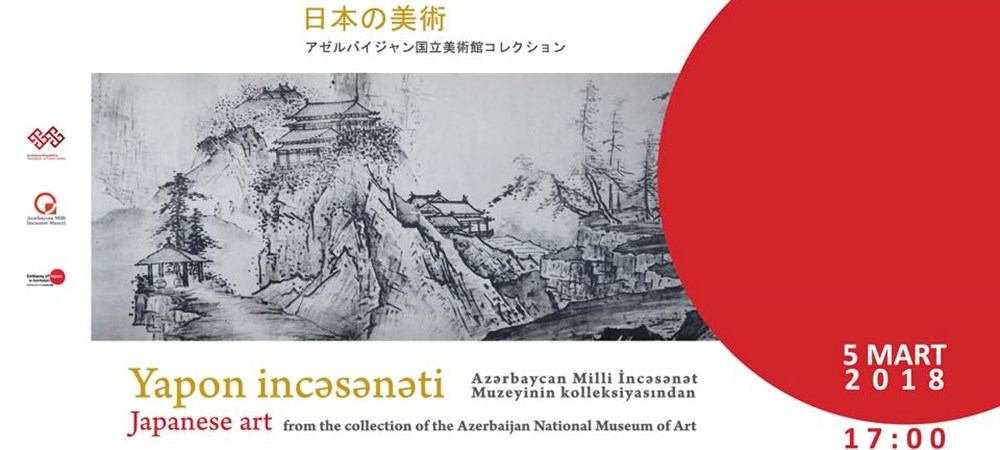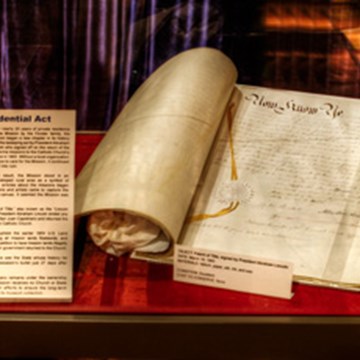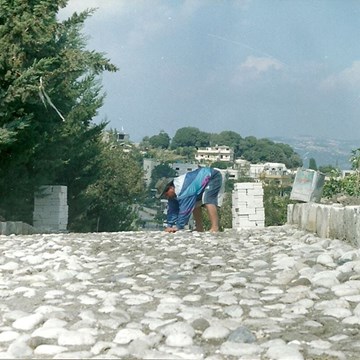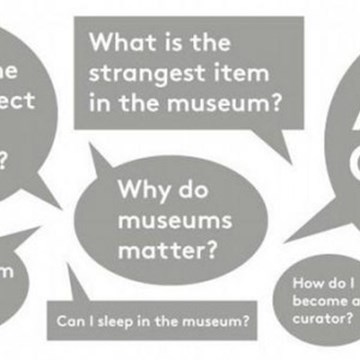Japanese art from the collection of the Azerbaijan National Museum of Art
In Japanese, art is denoted by the word “bijutsu”. The hieroglyphs that make up this word, in translation, mean: “bi” – beauty, “jutsu” – skill. The ability to see and capture the beauty of the ordinary is a special gift of the Japanese, reflecting the attitude to life in general. It must be that Japanese owe this amazing ability, turning life around them into art, to the fact that they see everything that is happening as different ways of spiritual improvement. How can it be vain, careless and ugly? The collection of Japanese art of the Azerbaijan National Museum of Art contains about 200 museum exhibits including decorative applied art pieces dating to the 18-20th centuries. The basis of this collection, are items from the property of representatives of the Azerbaijani bourgeoisie, transferred to the museum fund after their nationalization. It is a known fact that in the late 19th and early 20th century, due to the oil boom in Baku, many Baku millionaires began spending a significant part of their income to purchase rare art objects, including those with high decorative and utilitarian properties – very valuable Japanese porcelain. Formation of the collection began in 1925 with the first arrivals. Later, it was replenished in 1928, 1933, 1936, 1939, mainly at the expense of the State Museum Funds of Moscow and Leningrad (now St. Petersburg), the State Hermitage, the State Museum of Oriental Art (now the State Orient Museum), the State Museum of Ceramics, moreover single items were purchased from the private individuals at all times. Currently, the museum has a massive collection of decorative and applied arts objects of the Land of the Rising Sun, incorporating a unique combination of sophisticated Japanese philosophy of beauty and naturalness with the exquisite richness of artistic techniques adopted in decorative art. The exposition presents products of such famous ceramic centers of Japan as Arita (Imari), Kutani, , which have gained universal world recognition and are related to the periods: Edo (1603-1868s), Meiji (1868-1912s), Meiji-Taisho (1912-1926s), Taisho-Showa (1926-1989s). This is a variety of dishes and plates with bright patterns, large decorative ceremonial vases with gilding and shaped molding, small elegant vases with exquisite decor, traditional 11 Professor Chingiz Farzaliyev director of the Azerbaijan National Museum of Art teapots with a side handle in the form of a bell, thin-walled tea cups and saucers, painted cups, tea sets with skilfully worked images of miniatures, charming aroma lamps, very rare, original in form, shaving basins. The main theme of the images: landscapes with bizarre outlines of rocks, bushes, ornate flowering trees, exotic flowers and birds, genre scenes from everyday life, historical battle scenes, valorous samurai, geisha in motley kimonos, mythical characters, etc. This ceramic items decorated with the aforementioned themes and having high artistic features were mainly produced for export. Japanese give great importance to the use of varnishes in decorative and applied arts. Interestingly, the juice of the “varnish” tree – “urushi” is used as the main raw material for coating products. Work with it requires special artistic skills, as it is poisonous in liquid form. And to this day, the unique technique of Japanese lacquering is highly valued by the specialists. You can see several examples made in such a rare technique of varnishing among the showcased items in the exhibition. There is a decorative shelf with an image of the entertainment center “Java”, as well as trays. Products are richly trimmed with nacreous incrustations, embossed and carved patterns, incuse, paintings and gilding. Miniature plastic is presented in the collection of the museum, mainly by virtuosic carving along the most valuable ivory. These are the national figurines “okimono” made in the 19th century and the elaborate figurines of an elderly man and Japanese women (Mother and child, Geisha, Geisha (Kabuki Theatre)). The collection of ivory carvings, also includes several boxes decorated with plot scenes and floral patterns, stunning and very valuable fans with pearl accents, dated to the 18-19th centuries, finely – designed ivory sheath of katanas (sword), which are the pride of the warriors. The poetic attitude to nature, admiration for its every manifestation, high symbolism and allegory inherent in Japanese culture is reflected in artistic embroidery. Samples of Japanese embroidery, striking with the skill of creating transitional tones and halftones in depiction of a favorite theme - the landscape, exhibited within the exhibition, represent a subtle accuracy of direction and performance. Fascinating exhibits of Japanese embroideries are also displayed in the exhibition. The tapestry dated to the end of 19th and the beginning of the 20th centuries is done using silk threads. The “Japanese garden” themed tapestry is one of the most elegant examples of the art of embroidery. Painting and engraving have long become a symbol of good taste, sophistication and subtlety in Japan. The exhibition also displays a collection of works by Japanese graphics, from the collection of the museum. Of great interest are the “Landscape with a bridge” piece, a 65-page illustrated history textbook on the 13th century Mongolian invasion, and also a three and a half meters long scroll, made in the “gokhua” technique favoured in the East. The collection of the Azerbaijan National Museum of Art has been formed over many decades in the line of inexhaustible interest in the subtle, enigmatic and attractive art of the Land of the Rising Sun and led to creation of one of the significant collections of Japanese art in Azerbaijan. This exhibition of artistic works of Japanese art is like a small world, beyond the boundaries of which you can leave vanity and plunge into the atmosphere of a leisurely awareness of the beauty of the surrounding in its simplicity, becoming a symbol of refinement in the eyes of Japanese art masters.
Exhibitions and events
We don't have anything to show you here.













